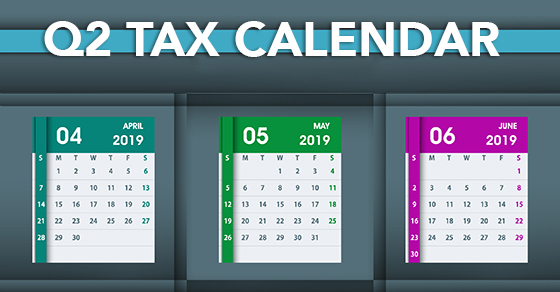
Financial statements present a company’s financial position as of a specific date, typically the end of the year or quarter. But sometimes events happen shortly after the end of the period that have financial implications for the prior period or for the future. Here’s a look at what’s reportable and what’s not.
Classifying subsequent events
So-called “subsequent events” happen between the date of the financial statements and the date the financial statements are available to be issued. This lag usually lasts two or three months, because it takes time to record end-of-period journal entries, make estimates, draft footnotes and, if applicable, complete external compilation, review or audit procedures. The two types of subsequent events include:
Recognized. These events provide further evidence of conditions that existed on the financial statement date. For example, a major customer might file for bankruptcy. There was probably evidence of the customer’s financial distress in the prior period, such as a decrease in revenue or a buildup of receivables. The customer’s bankruptcy filing may trigger a write-off for bad debts to be recorded on the balance sheet in the prior period.
Nonrecognized. These subsequent events reflect unforeseeable conditions that didn’t exist at the end of the accounting period. Examples might include a change in foreign exchange rates, a fire or an unexpected natural disaster that severely damages the business.
Generally, the former must be recorded in the financial statements. The latter type of subsequent event isn’t required to be recorded but may have to be disclosed in the footnotes.
Disclosing subsequent events
Nonrecognized subsequent events must be disclosed in the footnotes only if failure to disclose the details would cause the financial statements to be misleading to investors and lenders. Subsequent event disclosures should include 1) a description of the nature of the event, and 2) an estimate of the financial effect (or, if not practical, a statement that an estimate can’t be made).
In some extreme cases, the effect of a subsequent event may be so pervasive that a company’s viability is questionable. This may cause the CPA to re-evaluate the going concern assumption that underlies its financial statements.
Footnotes add value
Subsequent events may not be reflected on a company’s balance sheet or income statement. But, when in doubt, companies typically disclose subsequent events to promote transparency in financial reporting. Contact us for more information about reporting and disclosing subsequent events.
© 2019










